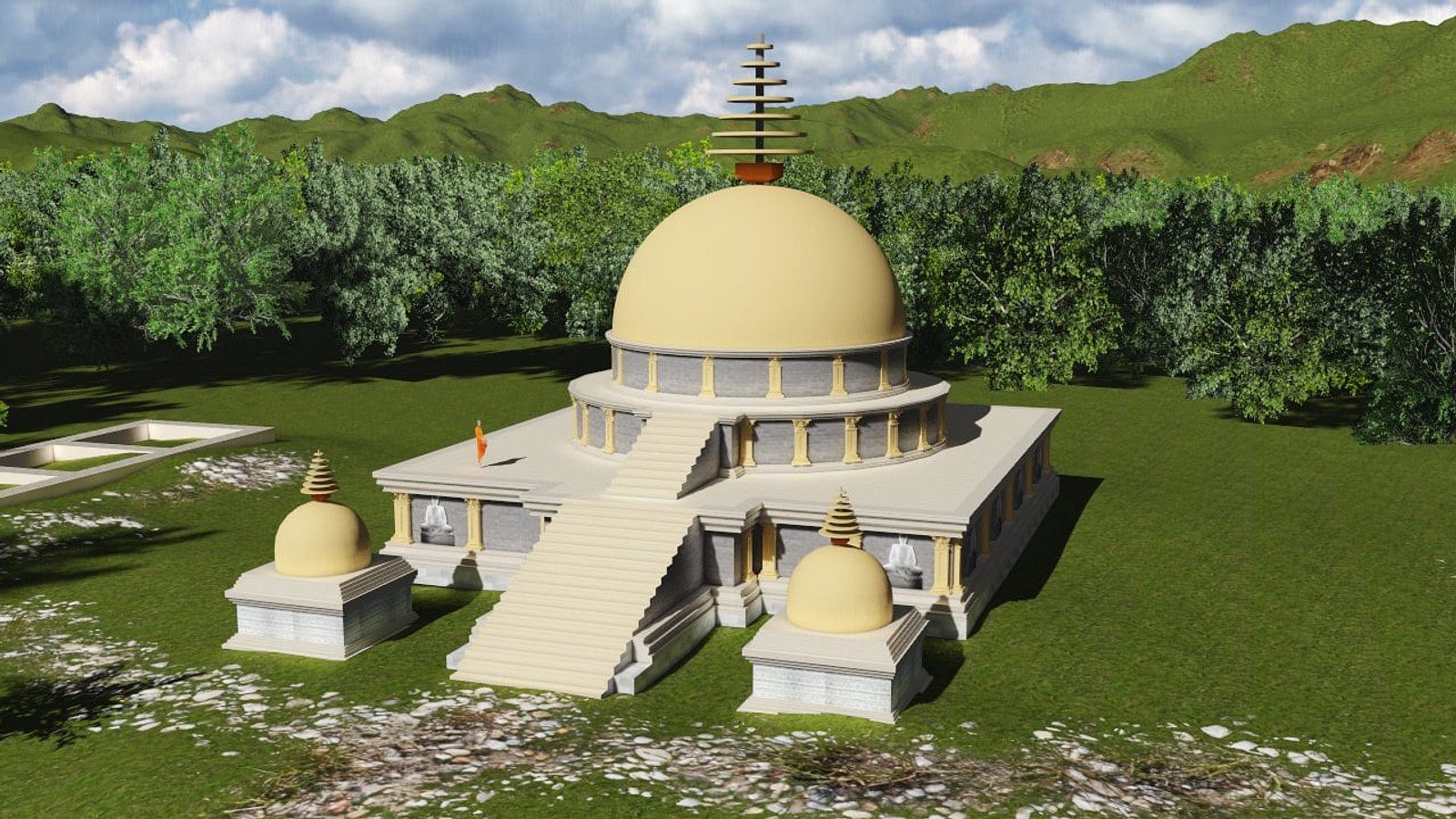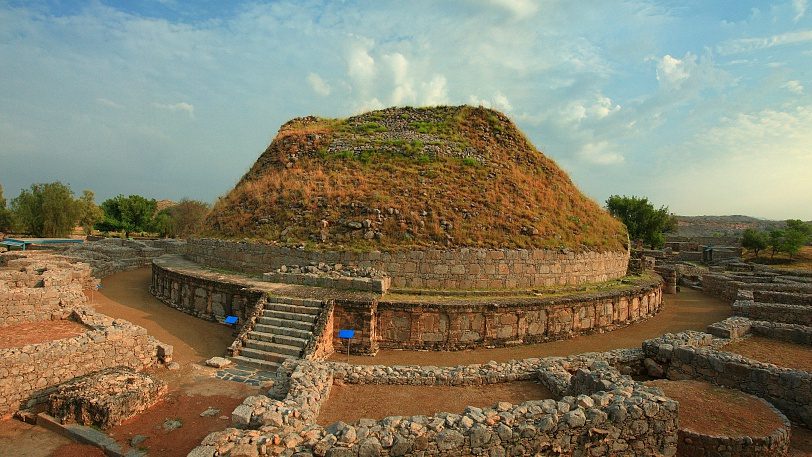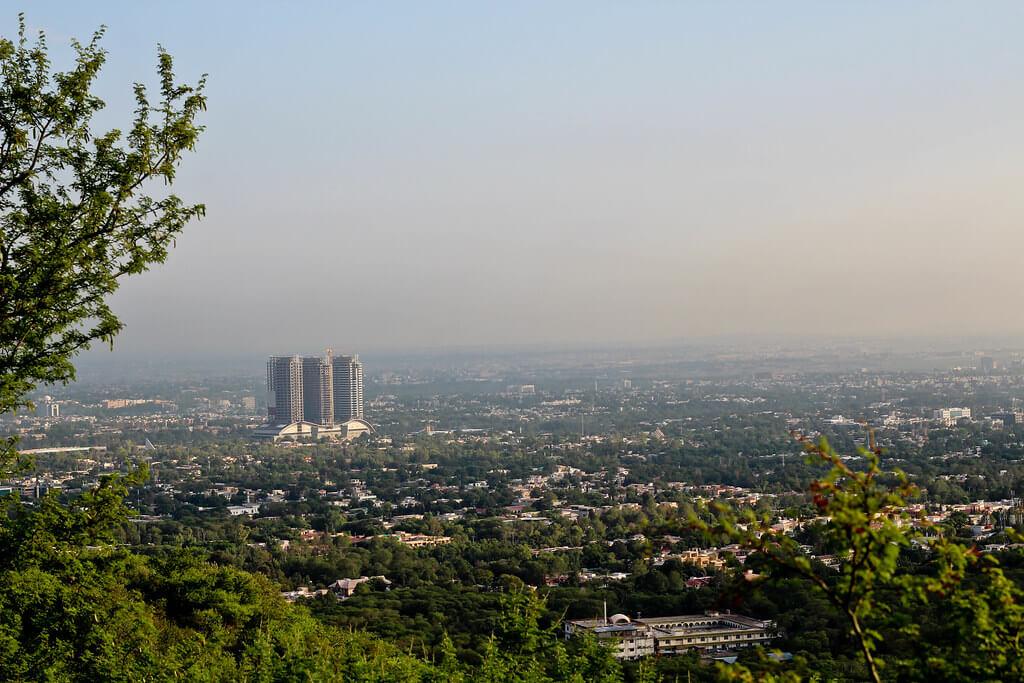Journey to the West, released in 1986, is considered one of the most famous television adaptations in China. Despite being aired countless times, the adventures of the monk Tang Seng continue to captivate audiences. Notably, for the 80s and 90s generations in Asia, particularly in Vietnam, this classic series holds a significant place in their childhood memories.
The original work Journey to the West by Wu Cheng’en was written in the 1590s and is also a major literary achievement in Chinese literature. The novel chronicles the arduous journey of the monk Tang Seng, along with his disciples Sun Wukong, Zhu Bajie, and Sha Wujing, as they travel to the Western Regions (or the West) to obtain Buddhist scriptures.

It is entirely a fictional tale. Although the story of Journey to the West is a fantasy, it is based on historical facts about the monk Xuanzang who lived in the Tang Dynasty. Xuanzang, or Tang Seng, is a historical figure known for his pilgrimage to India to collect Buddhist texts. The Great Tang Dynasty was one of the four great dynasties in Chinese history and is renowned for its translation of Buddhist scriptures into Chinese.
According to modern experts, the Western Regions mentioned in Journey to the West actually refer to the historical city of Taxila, located in present-day Pakistan.
About 50 km northwest of Islamabad, the capital of Pakistan, lies the ancient city of Taxila. In the spring of 647 AD, the monk Xuanzang traveled westward to gather Buddhist scriptures, with Taxila being the final destination of his journey.


To carry out his pilgrimage, Xuanzang traversed various regions such as Xinjiang, Afghanistan, Nepal, and many others. He spent several years in Taxila before returning to China, bringing back a trove of invaluable knowledge, including 600 volumes of texts in Sanskrit.
Over 1,400 years ago, starting from Chang’an in China, all routes leading south and north along the Silk Road converged at Taxila. Therefore, this location also served as an important waypoint for travelers heading to Central Asia and Europe.
In 1980, the ancient city of Taxila was recognized by UNESCO as a World Heritage Site. Today, it is home to a museum that preserves and displays archaeological relics from a golden age of Buddhism.

Source: Sohu





















